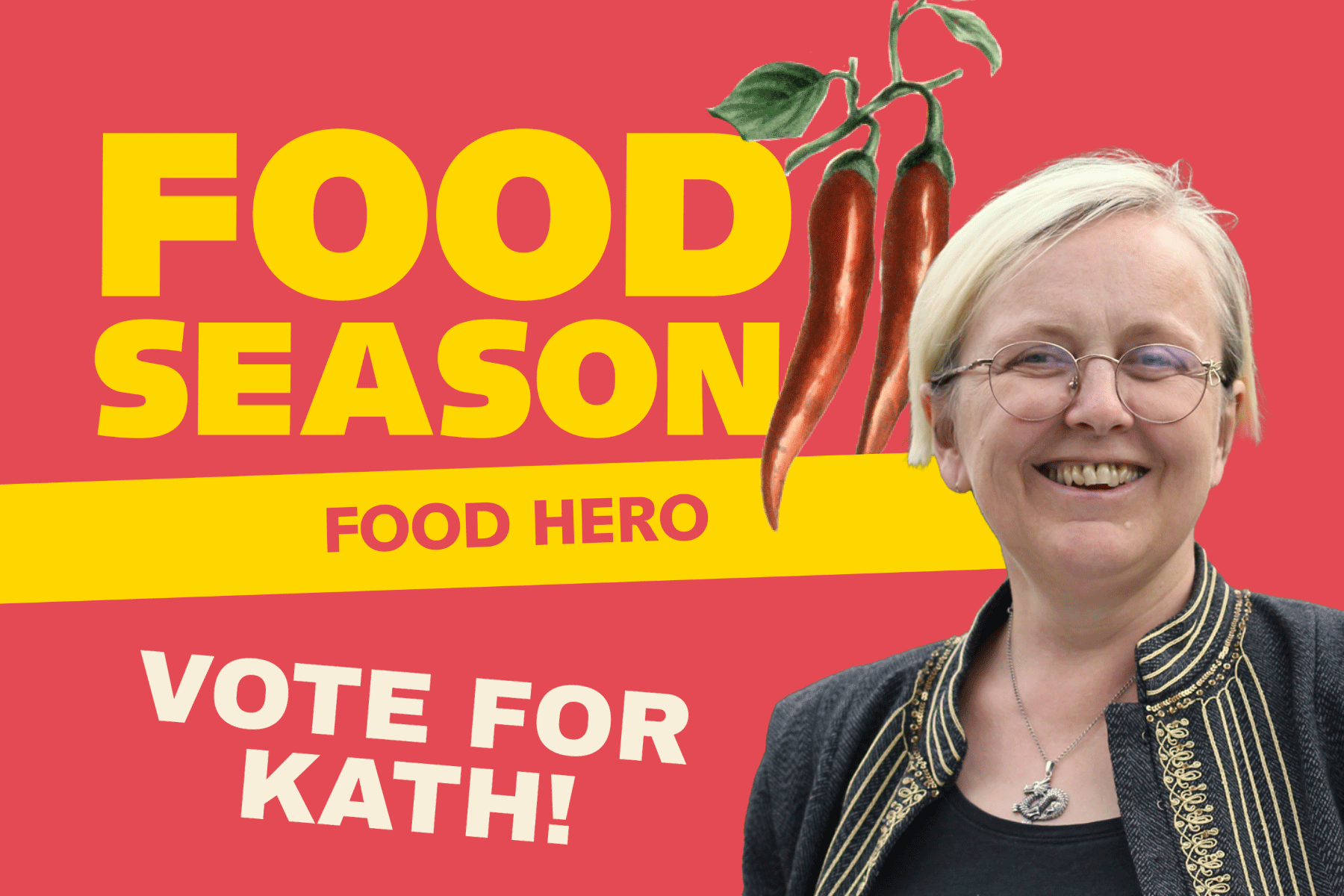Not only should children learn how to prepare healthy meals, but this teaching should be part of a wider food education which includes learning about where food comes from and how it is produced. Practical food growing activities, through school gardens or window boxes, help reinforce teaching about healthy diet, introducing children to new types of fruit and vegetables, and should form a key part of their education.
Food-growing in schools
Food-growing activities can be a great way of getting children to think about where their food comes from, as well as encouraging them to try new foods, and develop environmental awareness.
In 2010, with other food and education charities, the Children’s Food Campaign produced a manifesto called ‘Every school a food-growing school’. This report highlighted some of the many benefits of food-growing activities in schools, and recommended a Government-backed task force be set up to look at how food-growing activities could be incorporated into every school.
In early 2011 this task force was set up, with the Children’s Food Campaign being represented on it. The task force is due to publish a report with recommendations for the Government and other stakeholders in early 2012.
Children's Food Campaign: Campaigning for policy changes so that all children can easily eat sustainable and healthy food.

